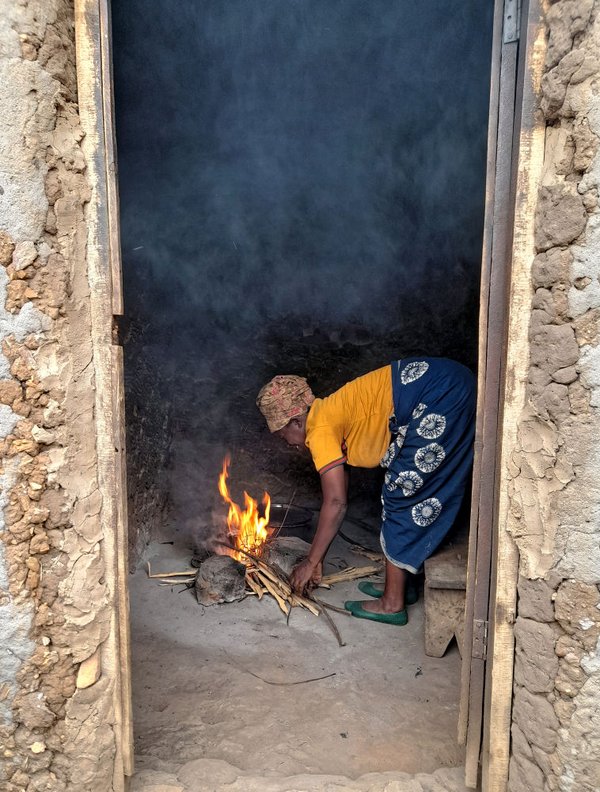
During the study in Rwanda, researchers from TROPOS used mobile measuring devices to measure air pollution with particulate matter (PM2.5) and its toxic components such as soot and polycyclic aromatic hydrocarbons, and found significant differences in pollution levels between cooking with traditional and modern stoves.
Photo: Leizel Madueno / Andrea Cuesta, TROPOS
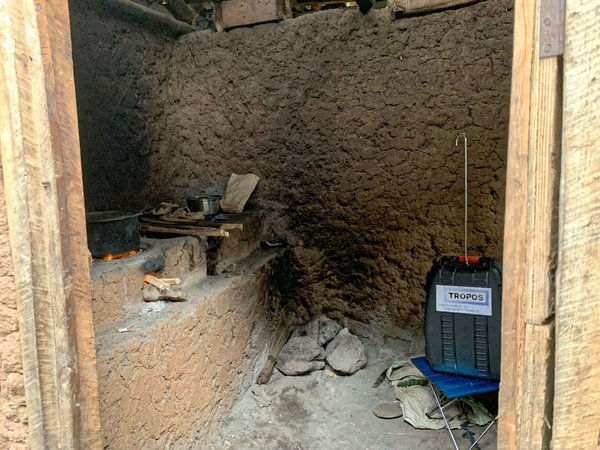
During the study in Rwanda, researchers from TROPOS used mobile measuring devices to measure air pollution with particulate matter (PM2.5) and its toxic components such as soot and polycyclic aromatic hydrocarbons, and found significant differences in pollution levels between cooking with traditional and modern stoves.
Photo: Leizel Madueno / Andrea Cuesta, TROPOS
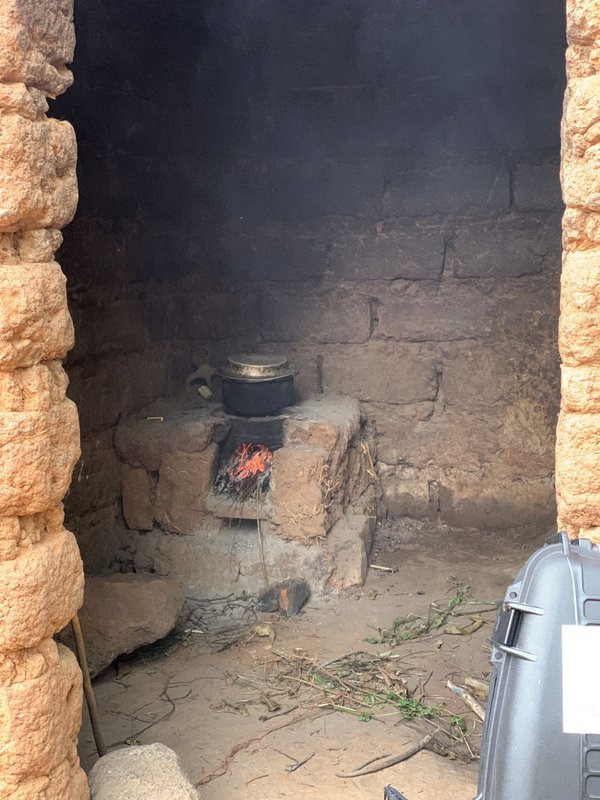
During the study in Rwanda, researchers from TROPOS used mobile measuring devices to measure air pollution with particulate matter (PM2.5) and its toxic components such as soot and polycyclic aromatic hydrocarbons, and found significant differences in pollution levels between cooking with traditional and modern stoves.
Photo: Leizel Madueno / Andrea Cuesta, TROPOS
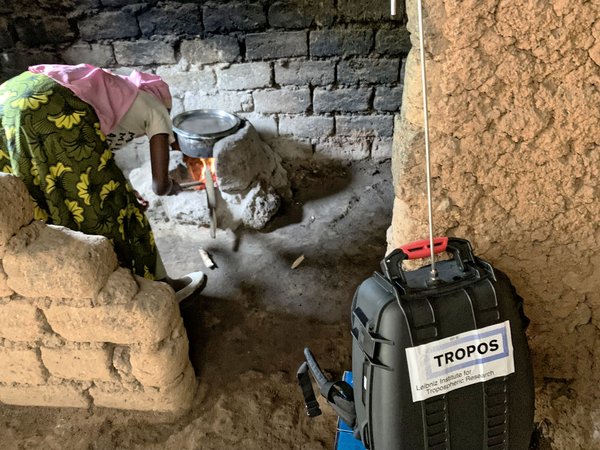
During the study in Rwanda, researchers from TROPOS used mobile measuring devices to measure air pollution with particulate matter (PM2.5) and its toxic components such as soot and polycyclic aromatic hydrocarbons, and found significant differences in pollution levels between cooking with traditional and modern stoves.
Photo: Leizel Madueno / Andrea Cuesta, TROPOS
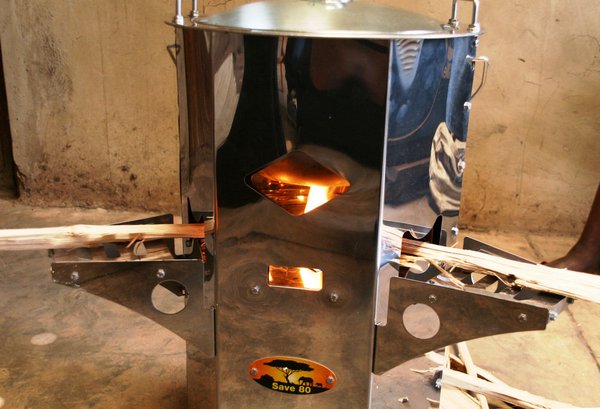
The research team showed that adult women using the Save 80 cookstove spent less time cooking (avg. reduction of 34%) and breathed far cleaner air compared to households using traditional cooking techniques, with indoor fine particle levels dropping by 77%.
Photo: atmosfair
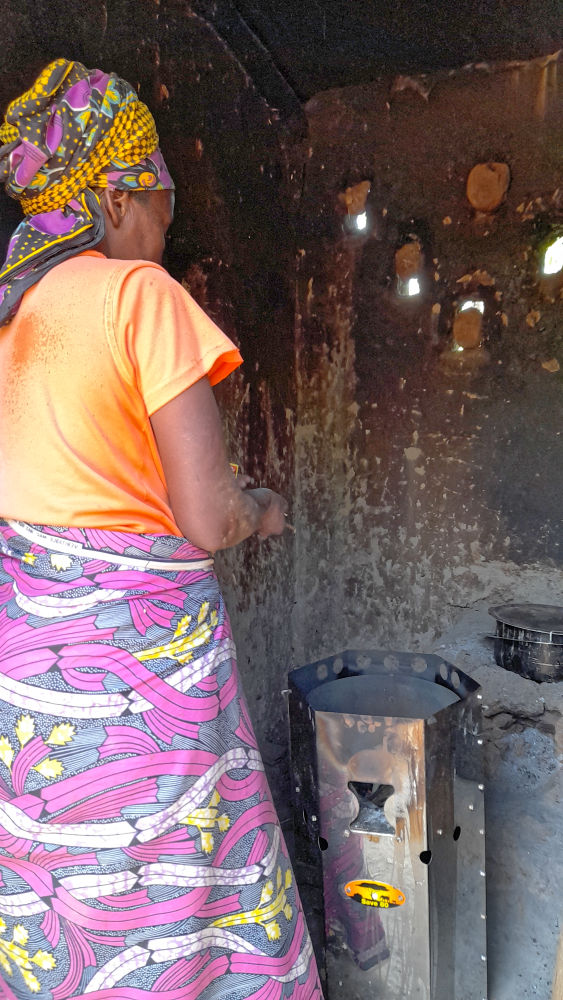
The research team showed that adult women using the Save 80 cookstove spent less time cooking (avg. reduction of 34%) and breathed far cleaner air compared to households using traditional cooking techniques, with indoor fine particle levels dropping by 77%.
Photo: Leizel Madueno / Andrea Cuesta, TROPOS
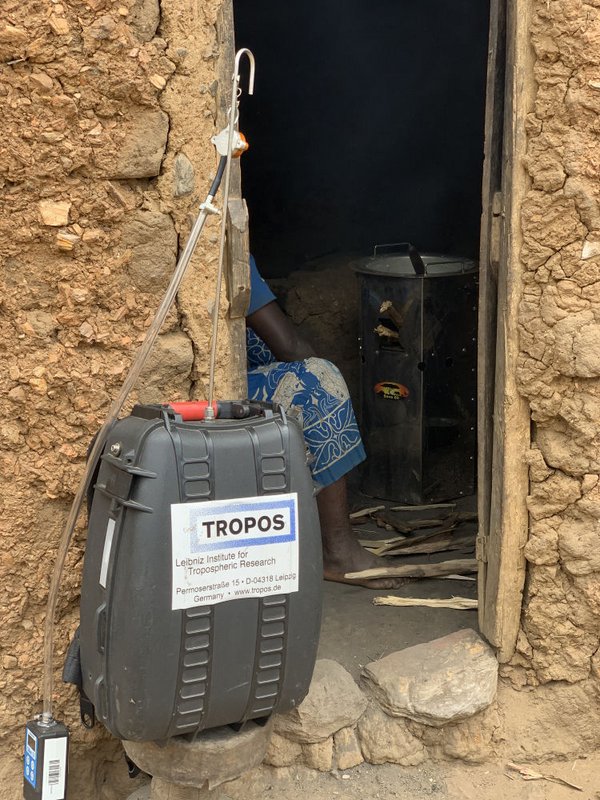
During the study in Rwanda, researchers from TROPOS used mobile measuring devices to measure air pollution with particulate matter (PM2.5) and its toxic components such as soot and polycyclic aromatic hydrocarbons, and found significant differences in pollution levels between cooking with traditional and modern stoves.
Photo: Leizel Madueno / Andrea Cuesta, TROPOS
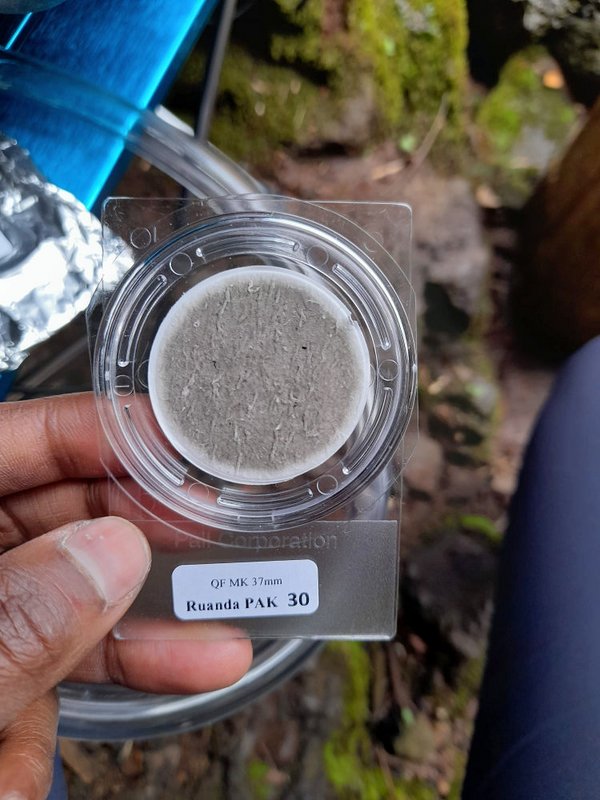
During the study in Rwanda, researchers from TROPOS used mobile measuring devices to measure air pollution with particulate matter (PM2.5) and its toxic components such as soot and polycyclic aromatic hydrocarbons, and found significant differences in pollution levels between cooking with traditional and modern stoves.
Photo: Leizel Madueno / Andrea Cuesta, TROPOS
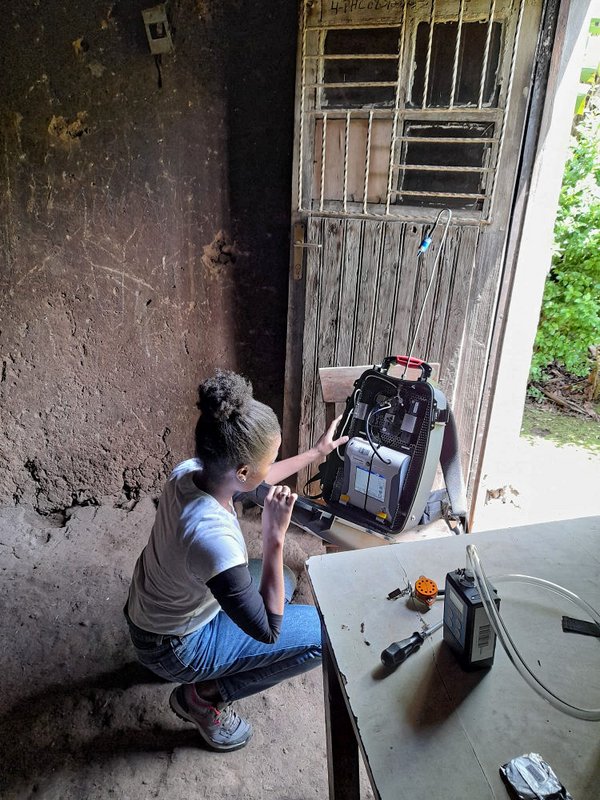
During the study in Rwanda, researchers from TROPOS used mobile measuring devices to measure air pollution with particulate matter (PM2.5) and its toxic components such as soot and polycyclic aromatic hydrocarbons, and found significant differences in pollution levels between cooking with traditional and modern stoves.
Photo: Leizel Madueno / Andrea Cuesta, TROPOS
